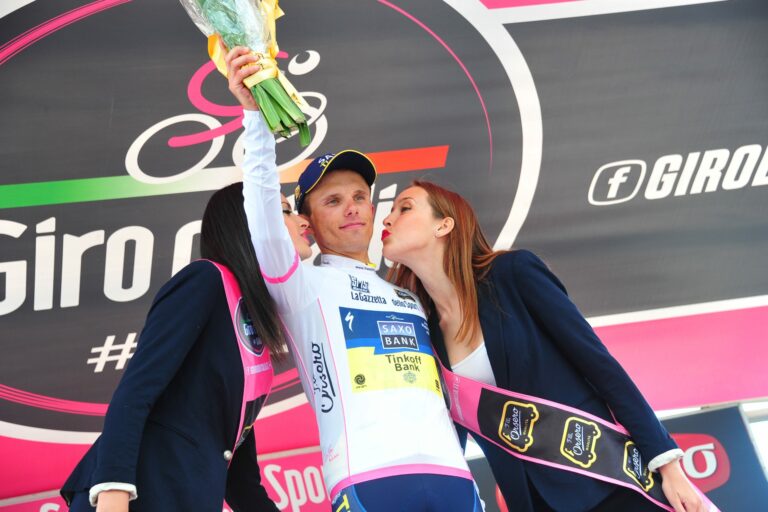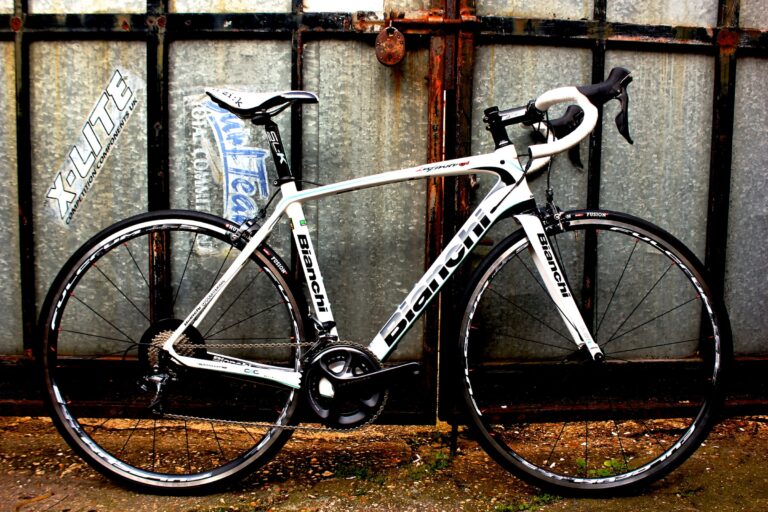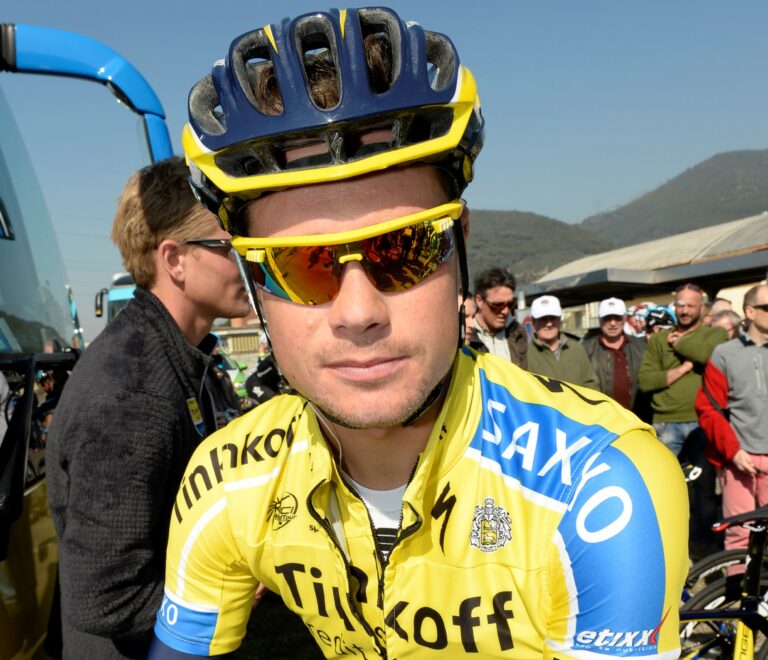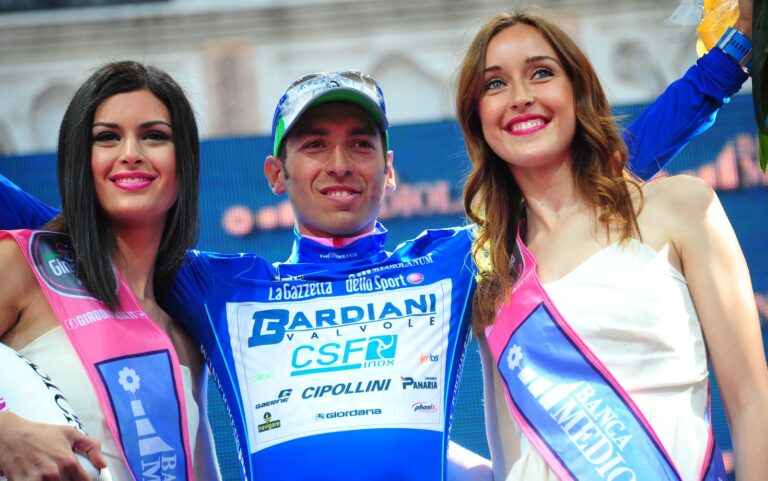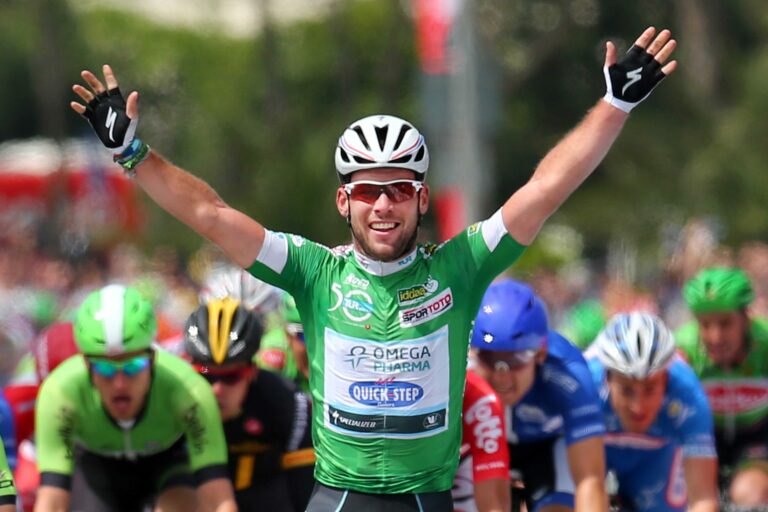The brutal stretches of pavè, the fast tarmac straights and the iconic finish in the Roubaix velodrome have proved the beating of many a fine rider in the illustrious history of Paris-Roubaix.
It takes a special rider to win the Hell of the North, and few have been able to add the Queen of the Classics to their palmares – and even fewer from outside of Belgium.
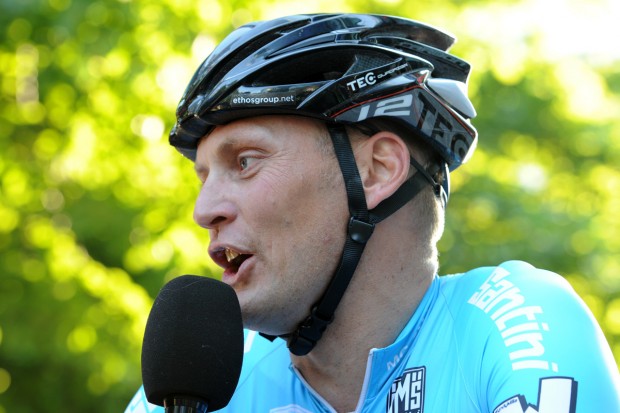
Swedish rider Magnus Backstedt is one rider to have earned a place in the elite list of winners, however, out-sprinting Tristan Hoffman, Roger Hammond and Fabian Cancellara in the velodrome.
And according to Backstedt, who now commentates for Eurosport, to win the prestigious cobblestone trophy is simply a matter of good training and preparation.
“Number one is to have very, very good legs,” he told RCUK, when asked what made a Paris-Roubaix winner.
“And number two, as far as I’m concerned, is to build your knowledge of all the roads you will be riding on – not only the cobblestone sections and knowing them in really good detail, but also the final two kilometres, that is absolutely key to know when the road is turning.
The key is to build your knowledge of all the roads you will be riding on – not only the cobblestone sections and knowing them in really good detail, but also the final two kilometres
“Then it’s about making sure you have the right material and have tested out how the tyres, frames, forks and everything else actually feel.
“Rocking up three days before and seeing your brand new Paris-Roubaix bike for the first time, rolling around on the roads on the Saturday and racing the Sunday – that’s just not quite right as far as I’m concerned.
“Actually going through all the materials available from the sponsor is the key to getting it right.”
For Backstedt, the winning combination was a simple one too, as he explained: “I rode a titanium frame and then I rode some Campagnolo hoops – 24 radial front and 28 rear with radial non-drive side and then double cross on the drive side with 27mm tyres.
“Then it was just a bit of extra wrapping on the handlebar and off we went.”
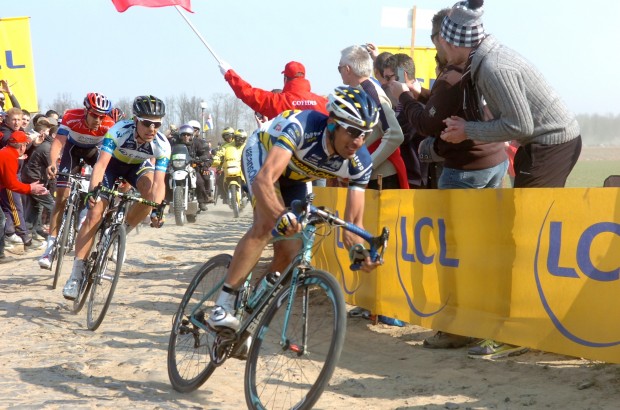
No matter what bike you choose to ride however, it takes phenomenal handling to then ride it to victory over the 28 secteurs of pavè.
The difficulty rating of each secteur has been updated by organisers ASO ahead of Sunday’s race – with the Arenberg, Carrefour de l’Arbre and Mons-en-Pavele each sharing the notoriety of being classified as the most difficult.
And Backstedt admitted riding the famous passages cobblestone is as fearsome as it seems – particularly the Carrefour.
“For me those two, the Arenberg and the Carrefour, are absolutely key. The [Arenberg] Forest because that’s the first time you can actually lose the race and then the Carrefour because that’s where you are going to have the chance to put in a winning move.
It’s absolutely brutal how the stones align on the Carrefour. For me, the Carrefour has always been the toughest secteur
“There are obviously a few sections in between which are tough but, for me, the Carrefour has always been the toughest one.
“It’s just absolutely brutal how the stones align. Obviously I’ve not been back for a couple of years now to ride it but from what I remember that was absolutely the hardest to ride.”
Hammond, third when Backstedt won in 2004, told RCUK the key to riding the pavè is to relax, and the Swede echoed those sentiments – insisting it is the stretches in between which are key.
“It’s no different approaching them differently to any other section though,” he explained. “You need to get in that front row and nothing else will do at that point.
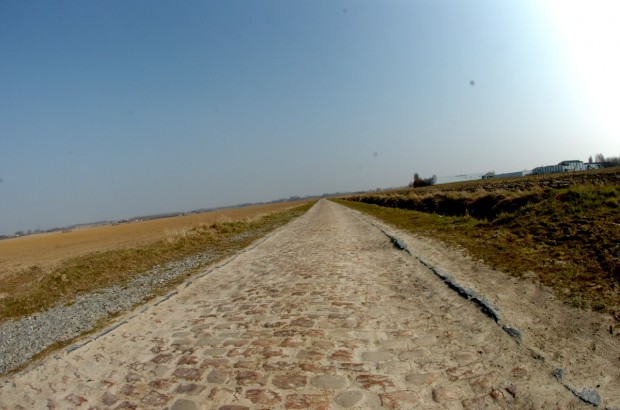
“You need to be, at worst, third wheel and beyond that you are relying on random luck. By random luck, I mean you never see where you are going, you are not 100 per cent aware of everything around you and that’s where you run the risk of puncturing and so on.
“I personally wouldn’t be comfortable getting into that section any further back than that and not being able to see what I was doing.”
It is not only the cobblestones which cause problems either, or even for that matter the five-star secteurs.
The first passage of cobbles, at Troisvilles, arrives after 97.5km of racing and the 2.2km stretch of pavè is rated 3/5 by the ASO.
You take any lead-out for any sprint and then multiply by a couple of numbers and then you might get near the actual chaos for the run-in to the first section
But, to Backstedt, the secteur can almost as dangerous as the more famous stretches, not least because of the frantic build-up which precedes it.
He said: “I think one of the most dangerous sectors of the whole race is the first one. Maybe not even the actual secteur but certainly the run in to it. It’s just crazy.
“How should we put it? You take any lead-out for any sprint and then multiply by a couple of numbers and then you might get near the actual chaos for that first section, and then the same going forward for the Forest.
“Those two, basically the riders go in with their life at stake. That’s just the way that Paris-Roubaix is. It’s such a monumental race to win for everyone that you are quite happy to take those kind of risks to make sure you’re there and in for the running for the win.”

Even after tackling the cobblestones however, the famous finale in the Roubaix velodrome can still undo many a rider’s dreams.
Hammond discovered that to his cost in 2004, and most recently Sep Vanmarcke suffered heart-breaking defeat to Cancellara last year.
But Backstedt insists his victory was built not so much on vast preparation for riding the velodrome but more on thorough research.
“For me, I never really needed to prepare for the velodrome,” he said. “I’d done racing on a track throughout my career so I knew how to ride on it.
[In 2004] when I got boxed in on the back straight I didn’t panic, and never thought about going round the top because that surely would have lost me the race
“You’ve just got to remember that you don’t actually have to go over the top, the long way around – there is no sprinting line – and you basically choose the line with the most amount of space for you.
“Luckily for me, that’s where the research – looking at video clips of old races – paid off in a big style when we came in for 2004.
“When I got boxed in on the back straight I didn’t panic, and never even thought about going round the top because that surely would have lost me the race.
“I just stayed cool and knew as close to 100 per cent as you are ever going to get that Cancellara would move slightly up the track. And then it was just a question of me being ready and reacting to it. It was probably the only way to win that bike race at that point.”
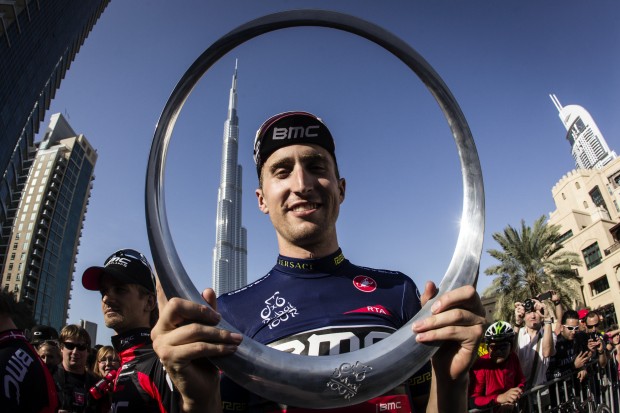
This year though, Cancellara is overwhelming favourite to take follow his Tour of Flanders win with victory in Roubaix.
Spartacus could become the first rider ever to win three Ronde-Roubaix doubles if he succeeds and Backstedt admits it is hard to look beyond him.
However, with Omega Pharma-Quickstep keen to make amends for missing out at the Tour of Flanders, the Swede believes the battle between Cancellara and the Belgian super team could open a few doors for the outsiders.
“I certainly think Fabian Cancellara is one of the absolute favourites but I also think it’s going to be one of the most open and fantastically dramatic race we will see for some time,” he said.
If the big boys start playing silly games, then that could very well be Taylor Phinney’s opportunity
“The way Omega Pharma-Quickstep have ridden this year, they’ve been incredible. They got it wrong last weekend to an extent and they are certainly not going to repeat that mistake this weekend.
“We’ll see some very interesting tactics and as soon as you start to see teams messing about with tactics it creates a lot of room for the slight outsiders to come in and starting playing as well.
“I think we need to be really careful with Taylor Phinney. It’s just because, what I know from riders having done the kind of breakaway he did at Flanders, the way he rode there and looked strong out there the whole time, I think he will be a heck of a lot better than what he was on Sunday by the time it gets to Roubaix.
“If the big boys start playing silly games then that could very well be his opportunity.”
Magnus Backstedt commentates for Eurosport, who will be showing the race live from 12.15pm on British Eurosport 1 on Sunday April 13.


